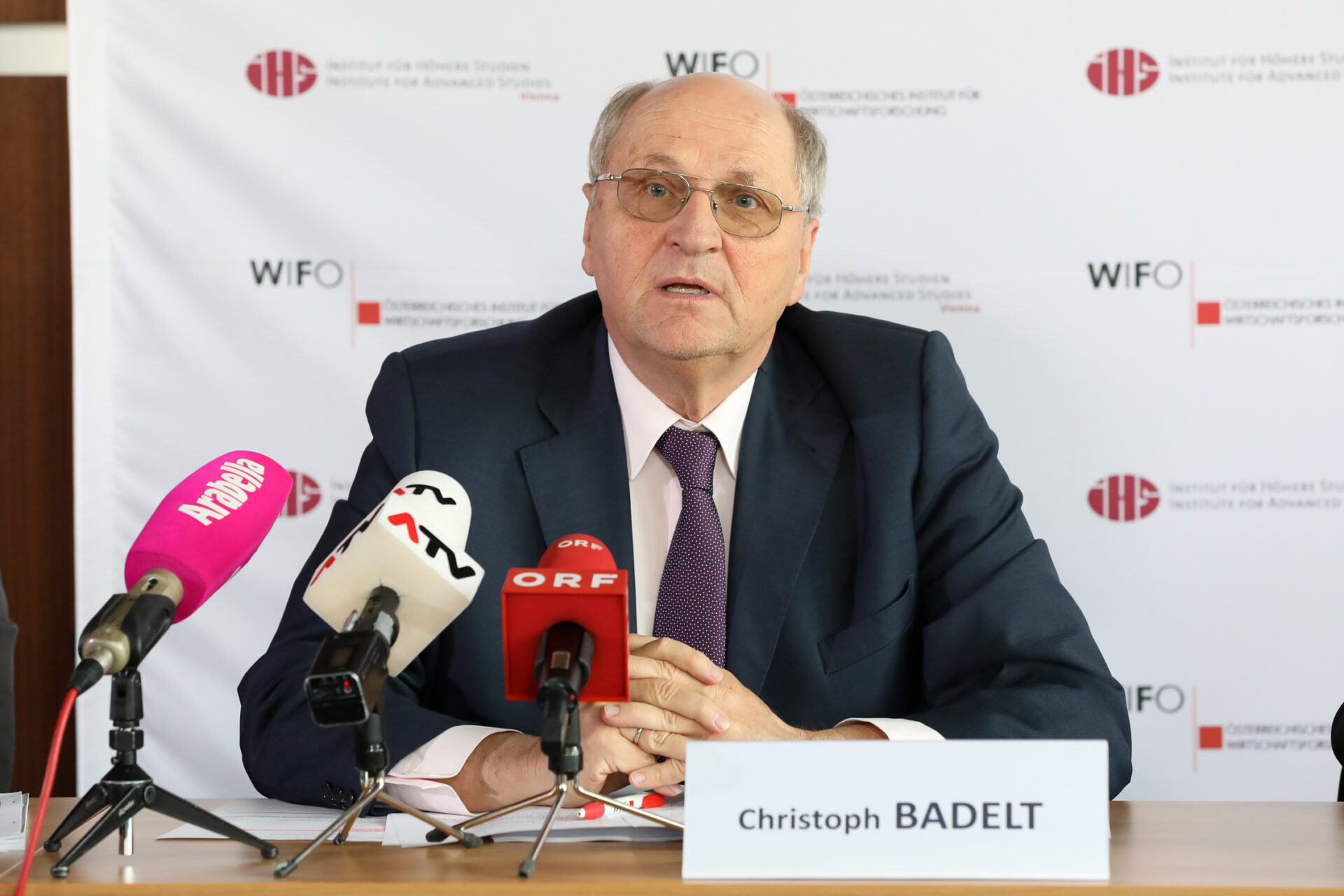
Economy Set to Stabilise from Mid-2019
On major export markets, demand for Austrian manufactures nevertheless proves resilient (USA, CEEC). The temporary setback in German motor car production and its repercussions on Austrian suppliers are gradually subsiding, and the USA-China trade conflict has eased. Moreover, continued solid demand for services helps sustain overall economic activity.
From a dynamic upturn, Austria's output cycle reached a peak in mid-2018, with industrial production now heading down. Going forward, optimistic and pessimistic expectations by manufacturers broadly balance out, while those of construction firms and service providers are more upbeat. Already in 2018, many firms curbed investment, stockbuilding and imports. During the second half of 2019, the downward trend should ebb, with adverse factors becoming partly offset and policy worldwide taking counter-cyclical action.
Sluggish global trade and weakening industrial production in Germany currently dampen exports and domestic manufacturing output growth. The adverse impact from world trade is limited, however, by the fact that it largely results from the bilateral USA-China conflict. The production shortfall in the German motor car industry that had been triggered by the backlog in certification procedures in autumn 2018, had negative repercussions for domestic suppliers of components; the latter account for about one-seventh of total goods exports to Germany. Other branches have been less affected and part of the losses on the German market will be recuperated. Though slackening during 2019, exports will still provide a positive contribution to GDP growth, notably thanks to robust demand from the USA for capital goods and buoyant activity in Central eastern Europe.
Domestic private consumption increasingly becomes the main pillar of the business cycle. Wage settlements for 2019 slightly above the longer-term average and moderate fiscal stimulus (via the new "family bonus") strengthen household purchasing power, benefiting mainly the demand for services. Thanks to the high labour intensity of the service sector, overall employment remains upward bound over the projection period, despite some job losses in manufacturing. Unemployment is expected to keep falling only in 2019, whereas in 2020 job creation is unlikely to remain strong enough for a further decline. Steady employment growth will boost tax revenues that should outpace government spending (due to low pressure from major items like debt service cost or retirement benefits), allowing the general government balance to move to a small surplus.
Please contact
























